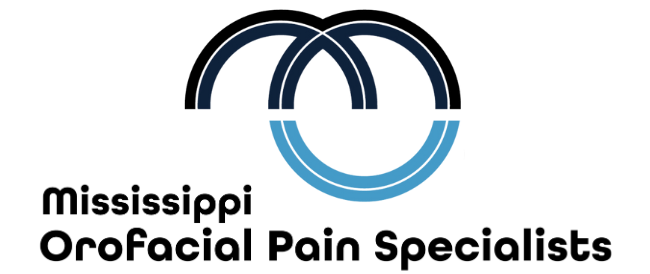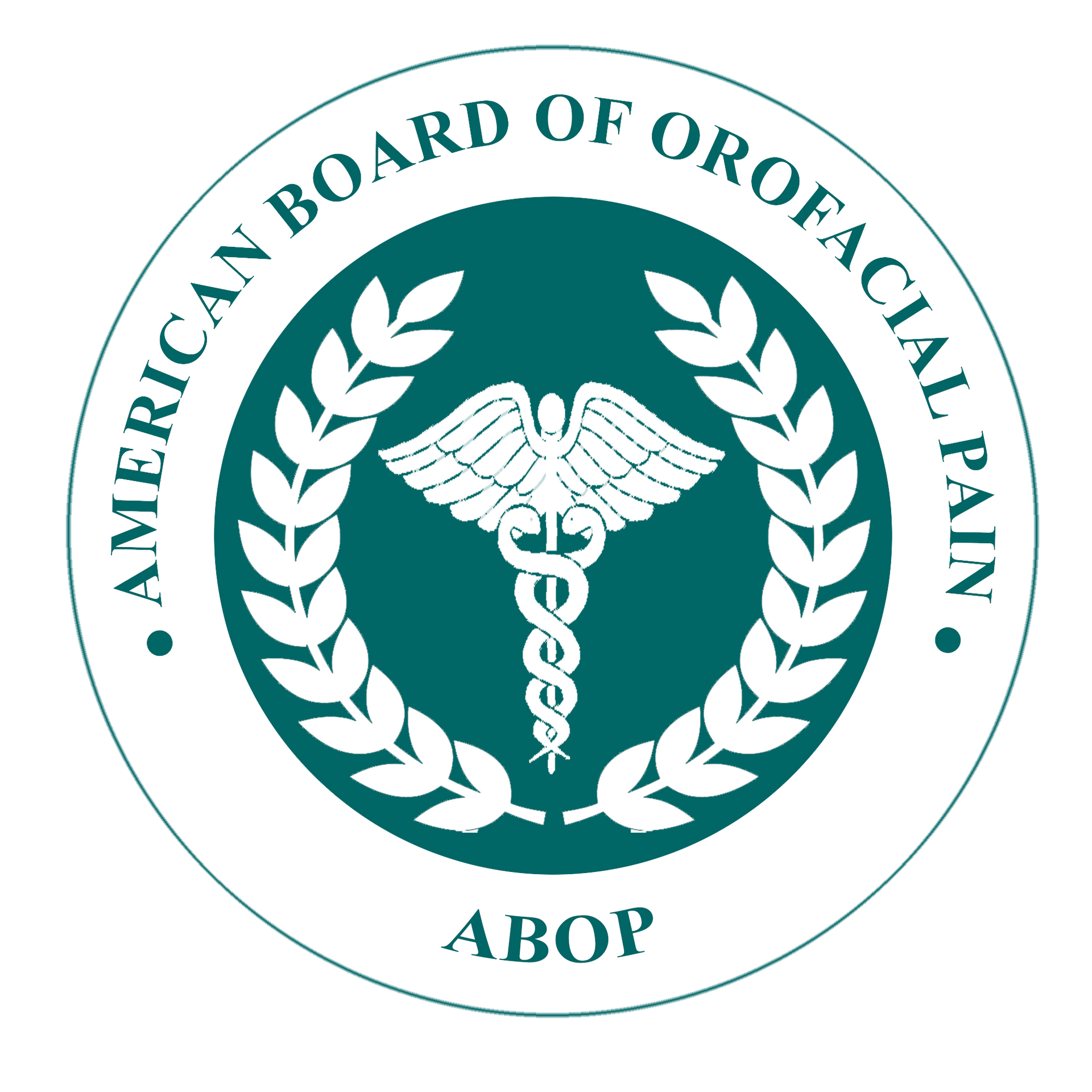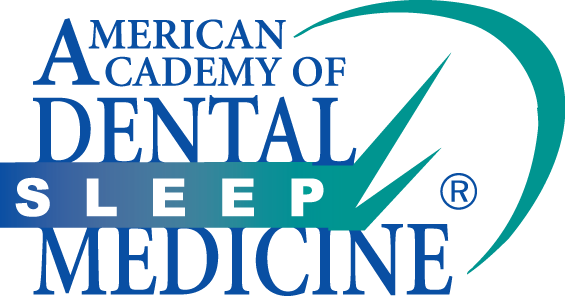Choosing a Doctor
May 9, 2018
Selecting the right doctor to properly diagnose and treat your jaw-related pain can be challenging, but it does not have to be. There is at least one study demonstrating that 70% of dental patients really do not understand the quality of care that they are receiving. To compound the problem, we live in a world of “slick” advertising. To avoid being a victim of such unscrupulous tactics, try to get it right the first time. No one enjoys paying for these services multiple times before finding the office which is most capable of offering the safest and most effective solution to these painful conditions. Carefully consider these three factors when choosing your TMJ/orofacial pain specialist: 1) Qualifications, 2) Diagnostic and treatment methods, and 3) Fees.
Qualifications
Is the doctor “board certified” in the field of orofacial pain? There are only two professional organizations that offer board certification exams in the field of orofacial pain: 1) The American Board of Orofacial Pain and 2) The American Board of Craniofacial Pain. Of these two, only the American Board of Orofacial Pain is recognized by the American Board of Dental Specialties. (See dentalspecialties.org). It is important to note that simply being a member of an organization is not the same as being “board certified”. For details regarding specialty status, refer to the link, ” Update on Specialty Status in Orofacial Pain
,” on our website.
Diagnostic and Treatment Methods
Many treatment methods proposed by so called “experts” and pseudo “specialists” in the field of “TMJ”, “TMD”, or “orofacial pain”, are not only outdated, but also un-scientific. As a matter of fact, some methods are dangerous and hazardous to your health. Treatment should be conservative and reversible in most cases. Current research has shown that the way your teeth bite together (occlusion) is rarely the cause of a temporomandibular disorder (TMD).In a small number of patients, the bite may be part of why the pain is not going away. Unfortunately, there are still doctors who introduce major, irreversible bite changes with splint or appliance therapy that they call “Phase 1” treatment. It is followed by “Phase 2” treatment which involves irreversibly re-establishing a bite with extensive crown treatment, orthodontic treatment, or orthognathic surgical treatment. The scientific literature does not support the need for a two-phase approach because definitive occlusal (bite) therapy is not required for the effective treatment of most TMDs (temporomandibular disorders).
In regard to diagnostic methods, do not be swayed by electronic devices. Some doctors utilize one or more of the following methods which lack scientific support for increasing the accuracy of the diagnosis. Three common tests are computerized jaw tracking, electromyography (EMG), and joint vibration analysis. When it comes to diagnosing various aspects of temporomandibular disorders (TMDs) these devices lack what is termed “sensitivity” and “specificity”. “Sensitivity” is the ability of a test to correctly identify those with the disease. “Specificity” is the ability of the test to correctly identify those without the disease. In essence we are saying that these devices can’t tell “sick” from “well”.
Some proponents of electromyography (EMG) cling to an inaccurate belief that muscle pain is linked to increased EMG activity in the muscle, and if EMG activity in the muscle could somehow be reduced through the course of treatment, pain would be reduced. A thorough review of evidence-based literature indicates that because of limitations with regard to reliability, validity, sensitivity, and specificity, EMG testing is of limited value in the diagnosis of temporomandibular disorders (TMDs) and that increased EMG activity is not a valid indicator of masticatory (chewing) muscle pain.
Joint vibration analysis also has less than desirable sensitivity and specificity, with many false positives and false negatives. There is insufficient evidence to justify the use of joint vibration analysis in place of a stethoscope and palpation (manually “feeling” the joint) to record joint sounds.
In regard to jaw tracking devices, mandibular movement measurements may be determined by use of jaw tracking devices, however, there is no data to demonstrate that this technique is any more useful in measuring mandibular (jaw) function than a traditional millimeter ruler. With this in mind, cost efficiency should be considered. Therefore, jaw tracking devices are not recommended as part of the orofacial pain evaluation.
Patients seem to have a strong sense of confidence in any diagnostic tests that are connected to a computer, a monitor, or a printer. The more bells and whistles, the better. The unsuspecting patients assume that the electronic devices are infallible and that their high tech doctor is really up to date. If they only knew the truth.
In the field of TMD, there are presently no electronic diagnostic devices that have been independently proven to be valid, because they tend to provide too many false positives. (They are erroneously diagnosing too many patients with the disorder).This opens the door for the misinformed or unethical doctor to “sell” unnecessary treatment to normal patients.
Ref:
Orofacial Pain: Guidelines for Assessment, Diagnosis, and Management
, Fifth Ed. pp. 36-38.
Talk to your doctor and have a clear understanding of the proposed diagnostic and treatment methods before proceeding.
Fees
Doctors and patients often relate fees to the amount of time involved in a procedure, the physical value of an object delivered to the patient, the number of x-rays taken, or the cost of the medication that was injected. Doctors are not in the business of selling time, parts, or medications. As professionals they have the right to charge for only three things:
Care, Skill, and Judgement.
Today’s health insurance companies have presented it to the patient differently. No two temporomandibular disorders are the same, so the same fee cannot be applied to each patient. So what is the fair fee for relieving the acute or chronic pain associated with a temporomandibular disorder (TMD)? These fees are usually commensurate with one’s level of expertise, and in the hands of a TMJ/orofacial pain specialist
, the fair fee should fall somewhere in the range of fees charged by a root canal specialist (endodontist) to relieve the intense pain of an abcessed molar tooth, plus the cost of the necessary crown to restore the tooth. In large metropolitan areas (Houston, Dallas, Atlanta, etc) it is not uncommon to encounter fees of $4,000 or more for treatment of a temporomandibular disorder by a specialist. That does not have to happen in Jackson, Mississippi, and you don’t have to travel to one of the larger cities to receive treatment by a board certified orofacial pain specialist, because there is one in Jackson. If another doctor has given you an estimate for diagnosis and treatment exceeding $2,000, perhaps you should consider a second opinion.
Originally Published on 4/24/2020On March 31, 2020, the American Academy of Orofacial Pain’s request to recognize orofacial pain as a dental specialty was granted by the National Commission on Recognition of Dental Specialties and Certifying Boards based on compliance with the Requirements for Recognition of Dental Specialties. The American Academy of Orofacial Pain (AAOP), founded in 1975, is the professional membership organization representing the specialty of Orofacial Pain and [...]
Specialty recognition for the field of orofacial pain has always been a goal of the American Academy of Orofacial Pain (AAOP). The American Board of Orofacial Pain (ABOP) has recently achieved specialty recognition through the American Board of Dental Specialties (dentalspecialties.org). For 23 years, as a Diplomate of the American Board of Orofacial Pain, I have been the only doctor in private practice in the state of Mississippi to have earned board certification in the field of orofacial pain [...]










